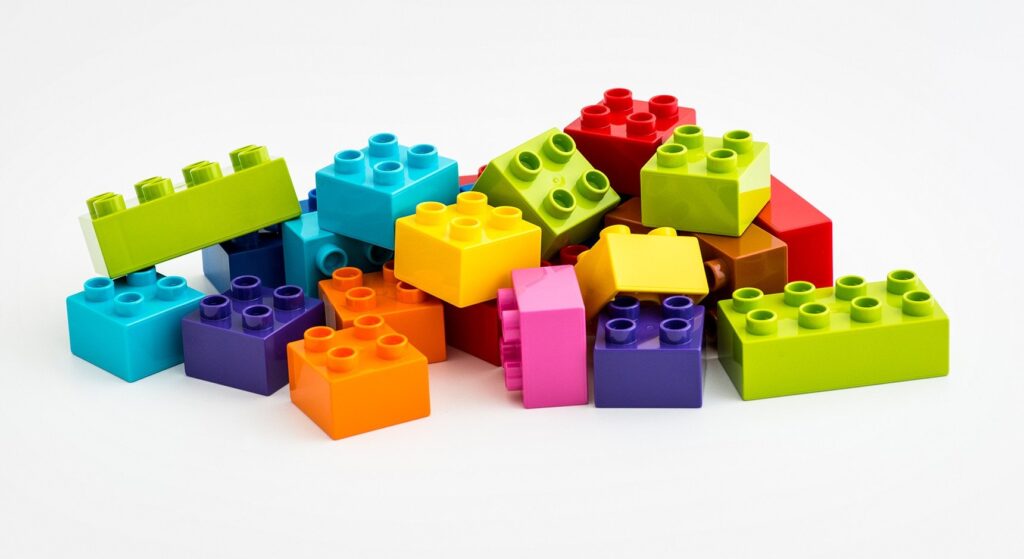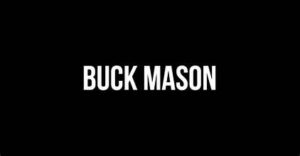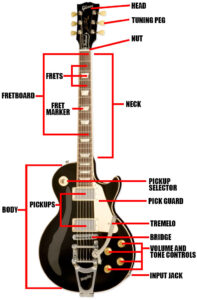Lego
4 min read
Lego
Introduction:
Lego
Since its launch in 1949, Lego has been a part of many people’s lives and is among the most recognizable toys in the world. Not only is it a hugely popular kids’ toy, but it’s also a fantastic resource for adults who get ideas from building Lego models. With Lego, you can unleash your creativity and explore countless possibilities, whether your goal is to build whole universes or just reproduce your favorite movie characters! In this blog post, we’ll go over the background of Lego construction, the various applications they have now, and how anyone can get their hands on their own cherished sets.
Lego’s past
Danish carpenter Ole Kirk Christiansen established Lego in 1932. The term “leg godt,” which means “play well” in Danish, is actually where the brand name “Lego” originates. After World War II, the company switched to making plastic toys from its original line of wooden toys and stepladders. The first plastic Lego blocks were released in 1949, and kids took to them right away. These plastic bricks’ design was influenced by the conventional interlocking bricks used to build walls.
Adaptable Applications
Lego has advanced significantly since its modest wooden toy beginnings. These days, it serves as more than simply a basic toy and has numerous uses in a variety of industries. For instance, in the field of education, children are taught fundamental science and math principles through hands-on activities with Lego bricks. Lego is a tool used in architecture for building scale models and prototypes. Many artists have also embraced it, using the bricks to create original installations and sculptures.
In addition to these useful applications, building sets are a popular choice among adults for stress release and relaxation. Adults find constructing with Lego bricks to be a soothing hobby because of its repetitive nature.
Acquiring Lego Sets
Lego kits can be acquired in a variety of methods, such as through retail establishments, internet merchants, or even the Lego website. However, there is a sizable community of Lego aficionados who buy, sell, and swap sets with each other for those looking for rarer or more economical options. Additionally, this group hosts occasions like conferences and exhibits where individuals can display their amazing Lego creations.
Apart from this, Lego also provides a membership service called ‘Lego Club,’ which guarantees members receive special sets every few months. Since these sets can’t be found anyplace else, collectors are quite interested in them.
All things considered, Lego has developed from a straightforward toy into a well-known brand with a vast array of uses and a passionate fan base. Its everlasting appeal and the countless creative possibilities it offers are evidence of its enduring popularity. With Lego, there are no age restrictions on what you can make! So go ahead and use these vibrant plastic bricks to unleash your creativity. There are countless options! So keep using Lego to build, create, and have fun!
Sustainability Intensities
Lego has demonstrated a great commitment to sustainability and minimizing its environmental impact in recent years. By 2030, the firm wants all of its goods to be made from sustainable resources, and it has already started taking steps in that direction by putting plant-based polymers in some of its sets. Additionally, Lego has a “Brick Recycling Program” via which users can return broken or unwanted bricks to be recycled into new sets. These initiatives demonstrate Lego’s commitment to turning into a more ecologically conscious business and guaranteeing play will continue for future generations.
In summary
In summary, Lego is more than simply a toy—it’s a brand that has captivated people’s hearts and minds everywhere. Because of its extensive history, plethora of applications, and ongoing invention, it has endured and is cherished in our culture. Lego offers countless opportunities for creativity and education, regardless of age. Thus, keep in mind that there are no boundaries to what you can make with Lego the next time you see those recognizable bright bricks! So go ahead and use these classic building pieces to unleash your creativity. Have fun constructing!
Answers to Common Questions (FAQ)
Which age group can use Lego sets?
From sophisticated Technic sets for adults to Duplo blocks for toddlers, Lego sets are made with a broad age range in mind. Typically, the box specifies the ideal age for each group.
Can Lego bricks be recycled?
Yes, you can return unwanted or damaged bricks to Lego through their recycling program, and the bricks will be used to create new sets.
Where do I get Lego sets?
The majority of toy stores, internet merchants like Amazon, and the Lego website all sell Lego sets. You might want to look into the community of Lego fans who buy, sell, and trade sets if you’re looking for rare or discontinued kits.
How can I become a member of Lego Club?
Registering on the Lego website entitles you to join the Lego Club. Exclusive sets that aren’t sold anywhere else are given to members.
What materials go into making Lego bricks?
Lego bricks have historically been constructed of plastic. Lego, however, intends to employ sustainable materials for all of its goods by 2030 and has begun utilizing plant-based plastics in some of its sets as part of its sustainability initiatives.
Does Lego play have any educational benefits?
Yes, playing with Legos can help kids learn basic science and arithmetic concepts, improve their fine motor skills, and stimulate their creativity and problem-solving abilities. The repetitive nature of Lego construction has therapeutic benefits even for adults.
Where did the name “Lego” come from?
The Danish expression “leg god,” which means “play well,” is where the term “Lego” originates. This illustrates the company’s faith in the creative and imaginative powers of play. So go ahead and use Lego to unleash your creativity!






